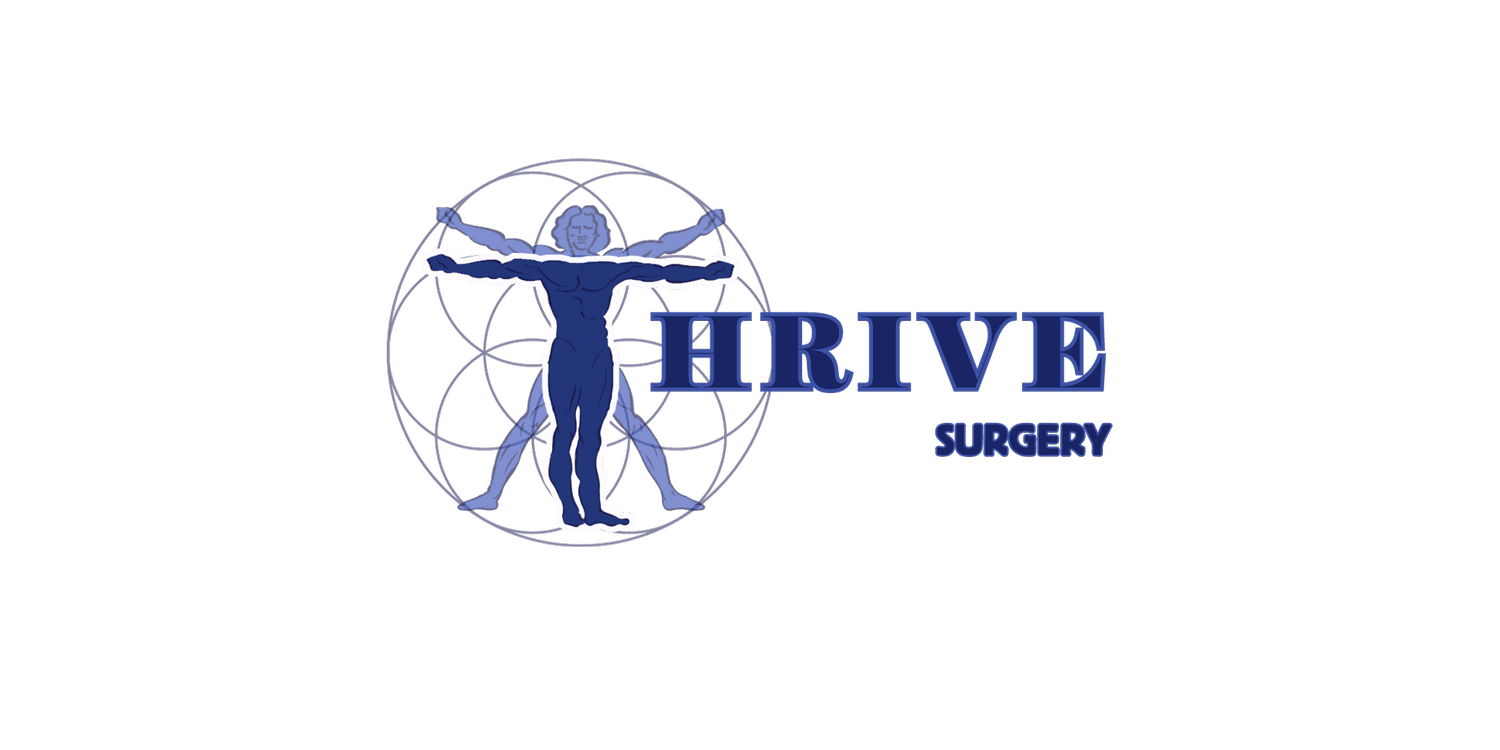Precision and Accuracy: How Robots Improve Hernia Repair Outcomes
Introduction
Hernias are common medical conditions that affect millions of people worldwide. Fortunately, advances in surgical technology have significantly improved the treatment of hernias. One notable innovation is the use of robotic-assisted surgery. Robots in the operating room may sound like science fiction, but they are a reality that is transforming hernia repair procedures. In this article, we will explore how robotic surgery enhances precision and accuracy during hernia repair, ultimately leading to improved patient outcomes. Dr. Elizabeth Alexandra Zubowicz, a leading expert in robotic hernia repair, offers this cutting-edge service in Haymarket, Virginia.
The Challenge of Hernia Repair
Hernias occur when an organ or tissue pushes through a weak spot or tear in the surrounding muscle or connective tissue. While hernias are common, their treatment can be complex, and the surgical process traditionally requires a high degree of skill and precision from the surgeon.
The Rise of Robotic-Assisted Surgery
Robotic-assisted surgery, often referred to as robotic surgery, has emerged as a transformative technology in the field of medicine. It combines the skill of the surgeon with the precision and steadiness of a robotic system. This collaboration enhances various aspects of surgery, including hernia repair.
How Robotic Surgery Works?
Robotic surgery involves a highly specialized surgical robot controlled by a skilled surgeon. The robot consists of small robotic arms equipped with surgical instruments and a camera. Here's how it works:
1. Surgeon Control
The surgeon sits at a console equipped with hand controls and foot pedals.
They manipulate the robotic arms remotely, translating their movements into precise actions by the robot.
2. Enhanced Visualization
The robotic system provides a magnified, high-definition 3D view of the surgical site.
This superior visualization allows the surgeon to see minute details and navigate complex anatomical structures.
Precision in Hernia Repair
Precision is critical in hernia repair surgery. The delicate process of repairing the weakened tissue and mesh placement requires meticulous attention. Here's how robots enhance precision:
1. Steady Hands
Robotic arms eliminate the natural tremor in a surgeon's hand, ensuring steady and controlled movements during the procedure.
2. Fine Motor Skills
The robotic instruments allow for finer movements and dexterity than human hands alone, making it easier to suture and secure the hernia repair.
3. Predictable Movements
The robot precisely follows the surgeon's commands, reducing the risk of unintended movements that can occur with human hand-eye coordination.
Accuracy in Hernia Repair
Accurate placement of sutures and mesh is vital in hernia repair to ensure a strong and long-lasting repair. Robotic surgery enhances accuracy in several ways:
1. Consistency
Robots perform the same movements consistently throughout the procedure, reducing the likelihood of human error.
2. Eliminating Hand Fatigue
Surgeons can experience hand fatigue during long procedures, which can impact accuracy. Robots do not tire and maintain consistent accuracy.
3. Improved Stitching
Robotic instruments can execute precise stitching, ensuring that sutures are evenly spaced and secure.
Reduced Complications and Shorter Recovery
The precision and accuracy achieved through robotic-assisted hernia repair translate into tangible benefits for patients:
1. Fewer Complications
The reduced risk of surgical errors, such as suture misplacement, leads to fewer post-operative complications.
2. Faster Recovery
Patients often experience a shorter recovery period, as accurate repairs mean less tissue trauma and discomfort.
3. Smaller Incisions
Robotic surgery allows for smaller incisions, resulting in minimal scarring and reduced risk of infection.
Conclusion: Dr. Elizabeth Alexandra Zubowicz in Haymarket, Virginia
Robotic-assisted hernia repair offers a level of precision and accuracy that can significantly improve outcomes for patients. Dr. Elizabeth Alexandra Zubowicz, a skilled surgeon in Haymarket, Virginia, harnesses the power of robotic surgery to provide her patients with top-tier hernia repair services. If you're facing a hernia and seeking the most advanced and effective treatment, consider consulting with Dr. Zubowicz to explore the benefits of robotic-assisted surgery. With her expertise and the precision of robotic technology, you can look forward to a successful hernia repair and a smoother path to recovery.


